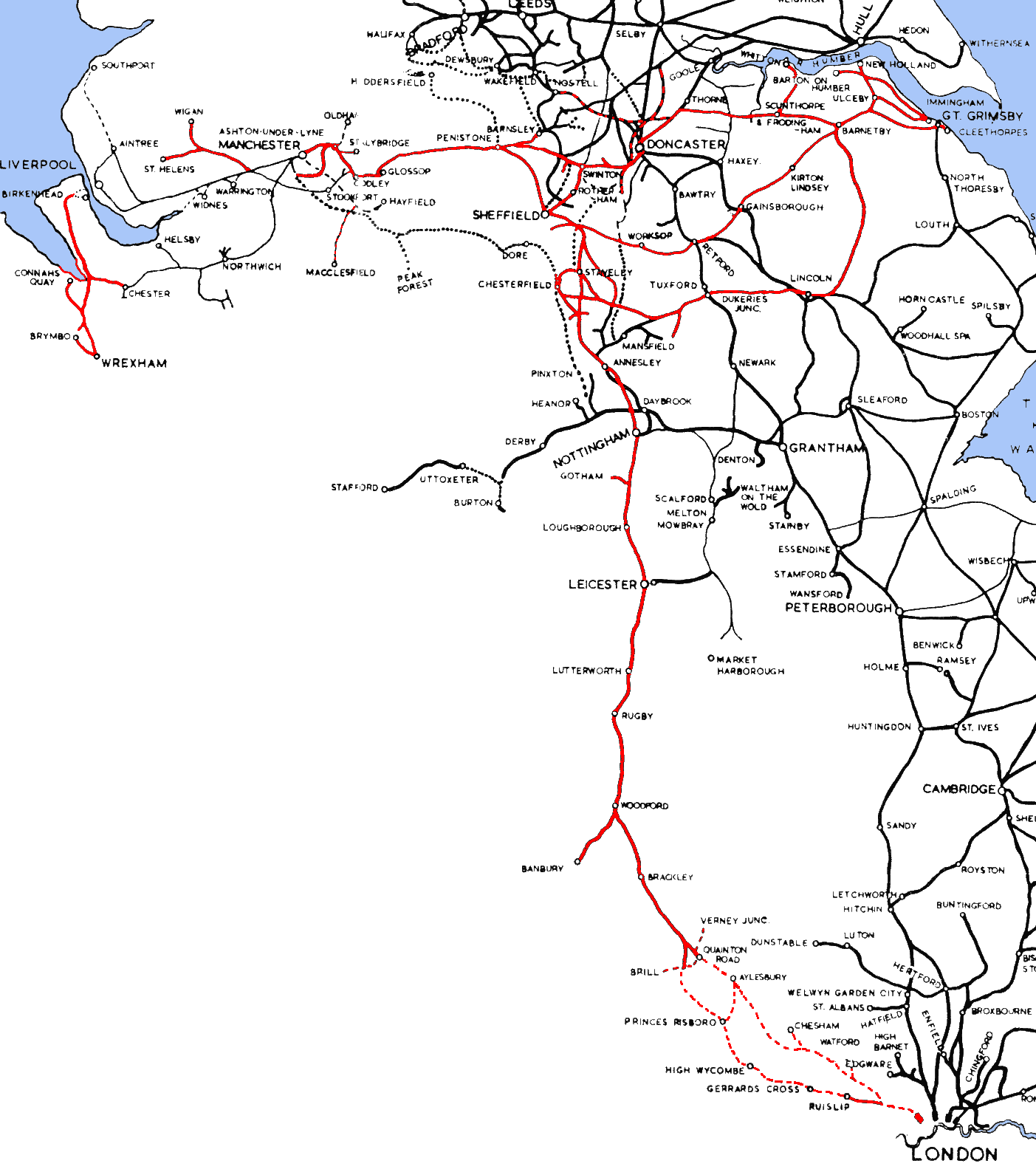

doprowadziły do istotnego spadku znaczenia kolei regionalnej, w związku z intensywnym procesem wygaszania ruchu pasażerskiego. Przekształcenia w polskim transporcie kolejowym w latach 90. Podjęto próbę porównania stopnia rozwoju transportu kolejowego, szczególnie w aspekcie lokalnym i regionalnym związanym z codziennymi przemieszczeniami mieszkańców. W artykule badania zostały oparte na model potencjału, wskaźniku efektywności transportowej oraz analizie oferty przewoźników kolejowych. Autor dokonał analizy obsługi transportem kolejowym siedzib gmin we wschodniej części pogranicza polsko-czeskiego. Istnieją jednak zasadnicze różnice, które wpływają na zróżnicowanie tego rozwoju w ujęciu porównawczym pomiędzy Polską a Czechami. Regiony przygraniczne omawianego obszaru badań wykazują podobny potencjał demograficzny oraz gospodarczy. This functionality is described in the paper in general and implemented on a case study.Ībstrakt: Obszar pogranicza polsko-czeskiego charakteryzuje się wysokim stopniem rozwoju transportu kolejowego. The simulation model was built in SW OpenTrack which is able to modify its functions to figure out each technological action to ensure the correct function of the model.

The motivation of this paper is to prove that modern simulation tools are usable for that specific condition as well. Most of the simulation tools are not able to work with it. Therefore, it is very complicated to use a common simulation model. The simplified conditions are the transforming of regular interlocking systems on the administrative level. On those lines there is a big problem with the common working methods because of special circumstances on each line, which are influencing the technological times and reliability of the calculation.

For the calculation of the throughput, we can use analytic or simulation methods. The whole railway operation is organized according to a regulation in cooperation with the train crew. Those conditions are stated in a regulation, and there is no interlocking system on the line. This paper deals with railway lines with low traffic intensity where trains are operated under simplified conditions. In the analyzed period of time, the quality in rail transport did not improve significantly in practice. The greatest increase in the length of railway lines took place in the eastern regions of the country and in border counties, especially on the border with Hungary. The result of the study is an indication of a much smaller regress in rail transport in Romania than in other countries of the region. The thesis about the low impact of EU funds on changes in the railway network, which has been positively verified, has been verified. In the study, the literature on the subject was widely used, both concerning the studied country and other countries in the regions of Central Europe and the Balkans. The method of comparisons with other countries in the region was used to assess the quality changes. Statistical methods and rankings were used in the analysis. In the research and data analysis, the official Romanian statistical databases on changes in the length of railway lines in individual spatial ranges for the analyzed period were used, as well as data from the „Ranking railroad, The Global economy” portal to assess quality changes in rail transport. Two research hypotheses were put forward, the first one with a small impact of the EU funds on the development of the rail network, the second about the lack of impact of EU funding on changes in the quality of rail transport in Romania. Another goal of the analysis undertaken is to assess changes in the quality of the railway network in the analyzed period. The aim of the study is to indicate the size of the changes taking place in terms of four spatial levels: country, macroregions, development regions and Romanian counties. As in other countries, it is characterized by regress, but to a lesser extent than in the countries of the region. The work deals with the changes in the railway network in Romania in the years 1990-2020.


 0 kommentar(er)
0 kommentar(er)
